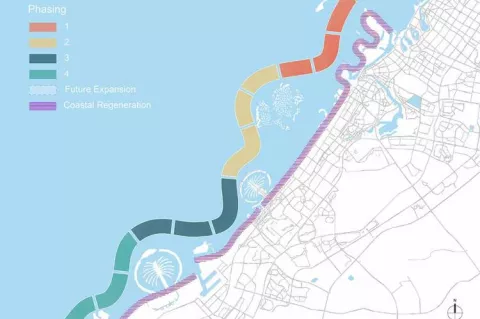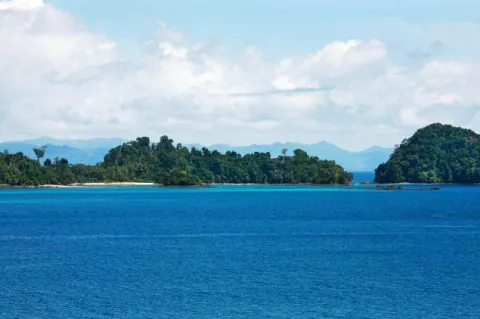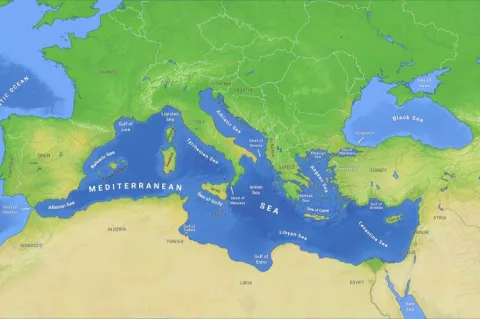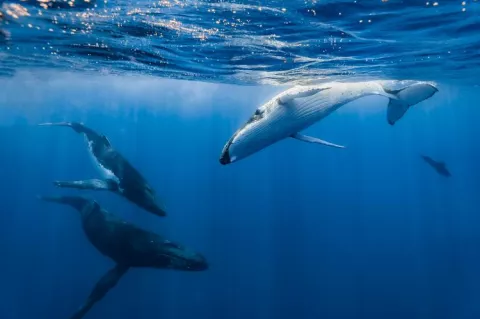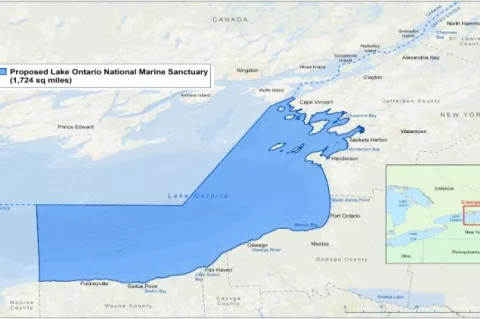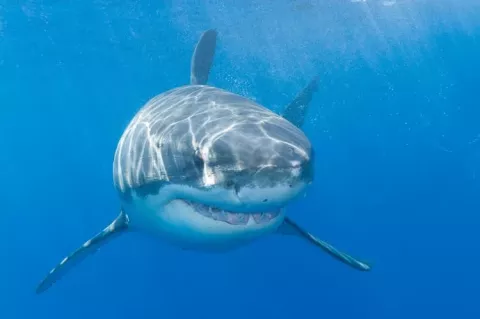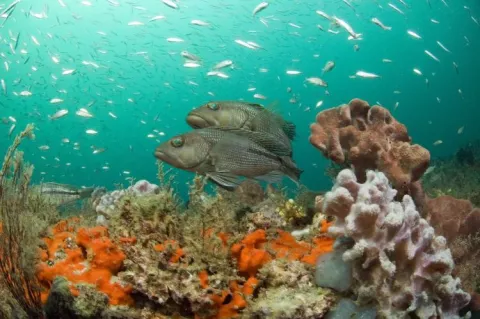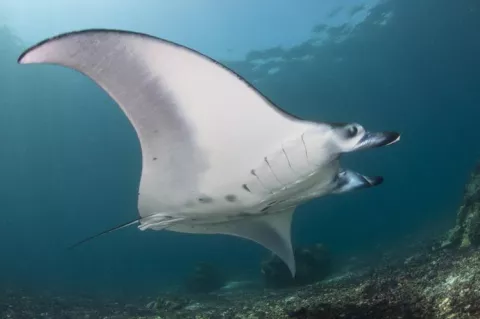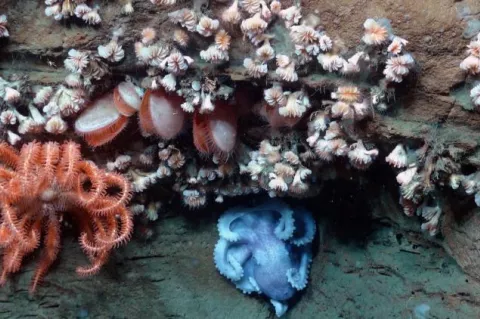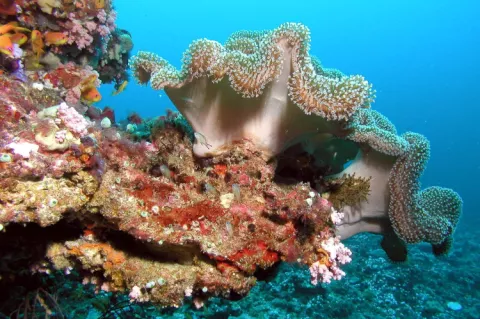Dubai aims to create world's largest artificial reef
The project, which is currently only in the research and development stage, will consist of a series of interconnected islands that will host humans in luxury eco-lodges, surrounded by millions of mangrove trees.
'The 'floating living lab', dubbed Dubai Reefs also aims to create an artificial reef ecosystem below the islands, spanning approximately 200 square kilometres, that will provide a home for one billion corals, as well as turtles, fish and other marine life along the Dubai coastline.

